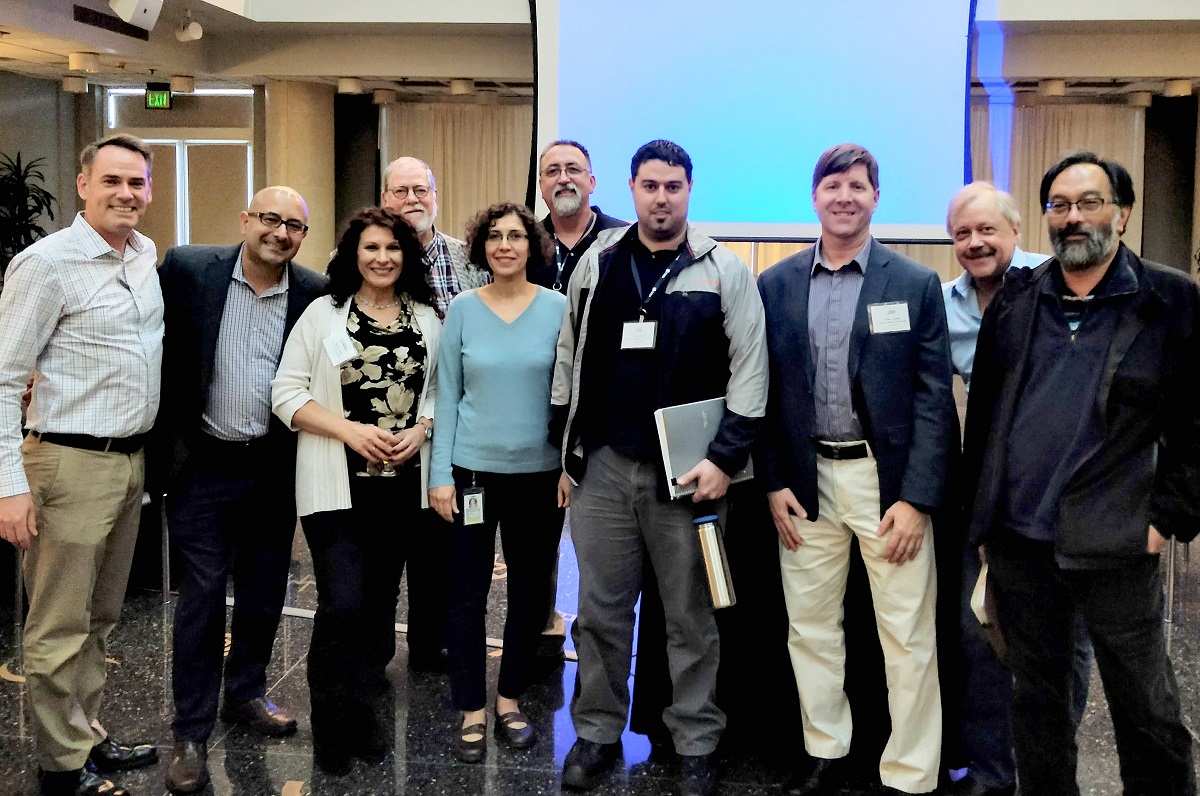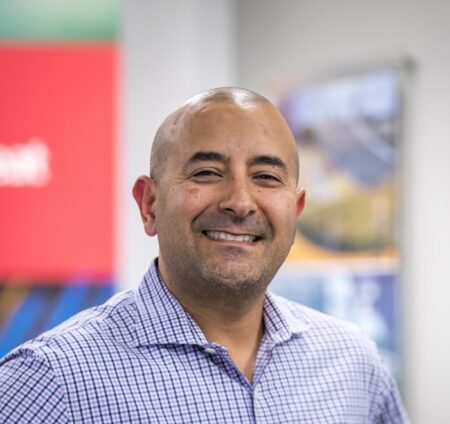
2018 State Water Board and CWEA workshop about potential WDR revisions, one of the first meetings to discuss updating the general order (CWEA photo)
View CWEA’s WDR resource page >

Michael Flores, Asset Management Business Class Area Leader, HDR
In 2017, CWEA started work under a Memorandum of Agreement with the State Water Board to collaborate on providing training for collection system professionals. The collaboration resulted in a series of CWEA workshops, webinars, and events.
At the same time, the State Water Board began the process of drafting a revised General Order for Sanitary Sewer Systems to improve enforceability and address issues identified by stakeholders and Water Board staff over the previous decade. On December 6, 2022, the State Water Board adopted the revised General Order and set an effective date of June 5, 2023, marking a milestone on California’s path to improved sewer system management.
For 17 years, sewer systems have been regulated by the 2006 General Order. Spill data reported over that time indicates that collection system owners and operators have significantly reduced the number and volume of spills caused by pipe blockages. Our collective efforts should be recognized and applauded. Even with these achievements, work remains to be done.
Each year, millions of gallons of sewage are still discharged into the environment. One percent of the spills result in almost 90 percent of total spill volumes, according to 10 years of data. These events are frequently associated with system capacity issues exacerbated by storms and structural failures.
To address this, the reissued Order increases the focus on system resilience. Enrollees need to maintain resilience through condition assessments, identification of operational changes, prioritization of capital improvements, and enrollee-specific commitments and schedules to address high-priority rehabilitation and repairs.
The new focus shines a light on the causes of large spills, where they might occur, and the steps necessary to prevent future spills. CWEA is actively working with partner associations to develop and provide best practice guidance for improving system resilience and performing system assessments.
Another important change surrounds the requirement to submit certified audit reports and Sewer System Management Plans to the State Water Board’s electronic CIWQS Sanitary Sewer database by the established due dates. Two important notes:
Together, these changes facilitate the Water Board to identify non-complying agencies. Again, CWEA will be working with partner associations to provide compliance training on program audits and corrective action planning.
CWEA is partnering with the State Water Board staff and an instructional designer from Ridgecresta Learning and Development to launch a series of training videos. These will be available on the State Water Board’s Sanitary Sewer System General Order webpage and on CWEA’s WDR webpage cwea.org/wdr.
It’s critical agencies check their contact and Legally Responsible Officer (LRO) information inside CIWQS so they can receive important compliance updates. Please don’t wait.
Starting on April 5, 2023, existing enrollees will have 60 days to conduct a streamlined electronic continuation of uninterrupted regulatory coverage. Don’t get stuck without regulatory coverage after the June 5 effective date.
As we approach and prepare for June 5, it is important to recognize the Order is built upon a solid foundation established over 17 years of working together and sharing our collective knowledge and experiences.
Through these efforts we protect our waterways and the health and safety of people throughout California.